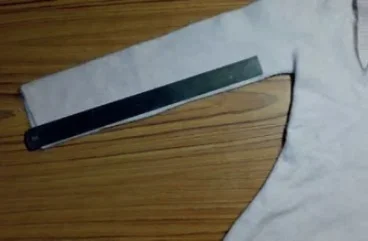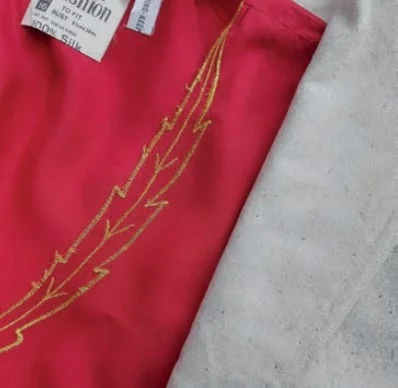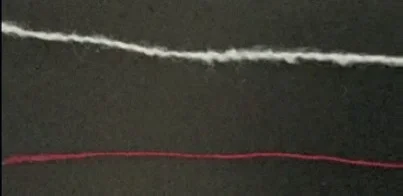
Angora and silk
In my view, angora and silk present today’s cleaner, dry- or wet-, with the greatest risk of failure. Careful inspection at the counter is essential and if accepted, any aftercare instructions dictating drycleaning or handwashing should not be disregarded for the convenience of the cleaner. However, in cases where the staining/soiling hasn’t responded to, or could not be expected to, respond to the care label process, if the customer accepts the risk of an alternative process, the risk should be fully explained and an ‘owner’s risk’ agreement reached.
Both fibres are extremely sensitive and if drycleaned they should be processed using a reduced cycle, with due regard to colour and fabric type, at a maximum drying temperature of 50°C. With the possible exception of general pre-spotting products designed for sensitive items, avoid moisture additions to the machine. Due to the risk of unpredictable reactions, I recommend that pre-spotting with kit chemicals is avoided; instead, where appropriate, remove the stains on the spotting table, flush out and dry completely before cleaning.
Angora
Angora is an animal hair fibre produced by two very different animals – the Angora rabbit and the Angora goat. While both fibres are known as angora, fibres from the goat are more correctly referred to as mohair. Animal hair fibres are sensitive to moisture and are progressively at risk of felting shrinkage in drycleaning as their regain rises above 16%. In the case of angora and mohair these fibres are, in my view, by far the most sensitive of all the hair fibre types followed by cashmere and alpaca. However, I have always believed angora derived from the rabbit to be most at risk.
Knitted fabrics are most at risk and due to their lack of dimensional stability their measurements should be recorded during reception. As hair fibres can absorb up to 28% moisture before feeling damp and to avoid the risk of felting, angora should be hung in a warm dry place for around two hours to condition before drycleaning. Because of the advanced detergency developed for wetcleaning and the substantially reduced mechanical action I believe the risks to angora to be less in wetcleaning.
Silk
Silk fibres have extremely good tensile strength, but poor resistance to abrasion. Produced in many forms, silk fabrics are mainly made from filament fibre which can be 300 mts or more in length. These yarns and fabrics are extremely vulnerable to mechanical action in drycleaning, they are delicate and often characterised by vibrant colours. When subjected to abrasion in wear, cleaning, or spotting (the spatula should never be used on silk) some silk filaments may break leaving the fibre ends projecting above the fabric surface, the fibre damage having the appearance of colour loss. Look carefully at reception for previous abrasion damage, and don’t put silk in a bag in a normal load thinking it will protect the item, However if someone makes a mistake all may not be lost and it may be possible using liquid paraffin or suede oil to restore the item, this in effect embeds the broken fibre ends the in the fabric. (See LCN, WWW, May 2024 for details).

Silk dyes are often not fast to kit spotters and the best advice is to use pure chemical reagents the safest of which is 10% acetic acid – generally safer than cold water. When using reagents always test carefully for colour loss and if mechanical action is required, tamp gently with a soft brush on the main body of the spotting table.

Beware of silk fabrics made from staple yarns (short fibre lengths) which are generally more robust and could be mistaken for linen or cotton. Silk fabric made from staple yarn does not have the lustre or sheen seen on many delicate silks produced from filament yarn and while less susceptible to abrasion damage they are not immune; so cleaners should observe the same precautions required for conventional silk fabrics. Where stain removal is necessary pure chemicals are once again the safest option.






